The definition of “active volcano” has been changed in the history. With the advances of volcanology, it becomes generally accepted internationally to define active volcanos as those which have erupted within the past 10,000 years.
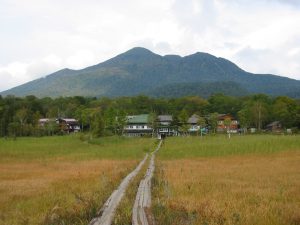
(Mt. Hiuchgatake: the latest eruption was in 1544.)
Reflecting this recognition in the international society, Coordinating Committee for Prediction of Volcanic Eruption (CCPVE) of Japan re-defined “active volcanos” as “volcanos which have erupted within approximately the last 10,000 years, or which currently show fumarolic activities” in January 2003.
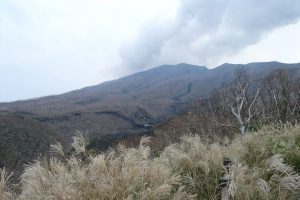
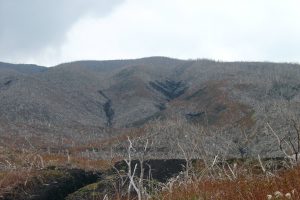
(Oyama Peak of Miyakejima: the latest eruption was in 2010. The photos were taken in 2003 after the great eruption in 2000.)
At present, there are 110 active volcanos designated by CCPVE with this definition. Among them, Country-Japan presents 90 volcanos on the map excluding 11 volcanos in the Northern Territories and 9 undersea volcanos.
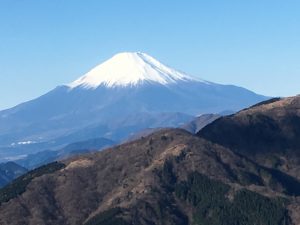
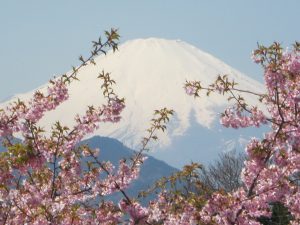
(Mt. Fujisan: the latest eruption was in 1707)
Japan Meteorological Agency would issue Volcanic Warnings on the basis of the result of surveillance and evaluation for all 110 active volcanos. Volcanic Warnings are issued in relation to expected volcanic disasters, and identify potentially affected areas. There are five Volcanic Alert Levels based on the target area and action to be taken (see below for the details).
Volcanic Warnings and Volcanic Alert Level (Japan Meteorological Agency): http://www.data.jma.go.jp/svd/vois/data/tokyo/STOCK/kaisetsu/English/level.html
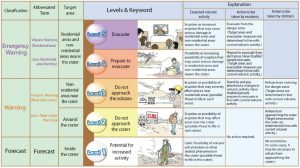
Be careful but don’t be afraid too much, and enjoy the volcanic views in countryside of Japan!
If you want to know more about active volcanos in Japan, the site below gives you the comprehensive information on it.
National Catalogue of the Active Volcanoes in Japan: http://www.data.jma.go.jp/svd/vois/data/tokyo/STOCK/souran_eng/menu.htm
End.